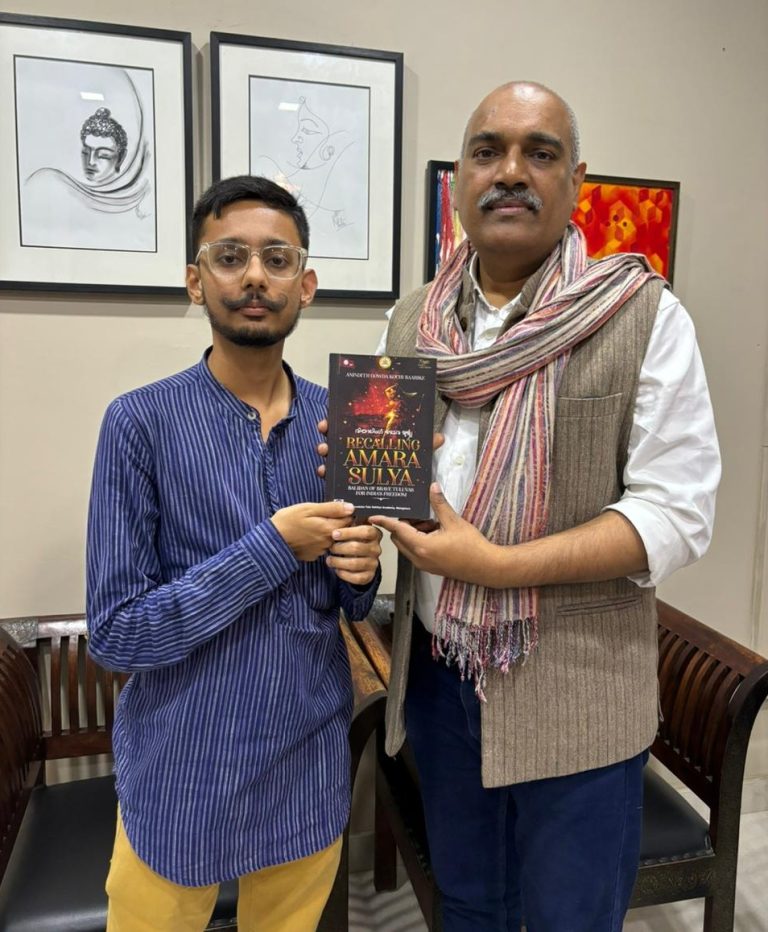The Bellare Amar Sulya movement, a seminal chapter in the early struggle against British colonial rule in India, has been brilliantly documented by Anindith Gowda, a current student at IIP Academy. Pursuing a master’s degree to enrich his skills in photography and filmmaking, Anindith’s work is a testament to his dedication and talent, and we are incredibly proud of his accomplishments.
Situated in the Dakshina Kannada district of Karnataka, the town of Bellare in Sulya Taluk was a pivotal site of resistance against the British East India Company’s domination in 1837. This marked a critical prelude to the more widely known rebellion led by Mangal Pandey by two decades. The catalyst for the uprising was the onerous ‘Fixed Maximum Annual Money Assessment’ tax policy, imposed uniquely in the Sulya and Puttur Taluks during a devastating eight-month drought.
On March 30, 1837, the beleaguered people of Bellare took a historic stand against this unjust policy, igniting what would be known as the Amara Sulya Freedom Movement. This revolt was not merely a collective uprising but also featured individual acts of extraordinary bravery. Among them was a ‘subba’, a peon in the British office, who joined the local people in their quest for autonomy. His story, like many others, symbolizes the sacrifices made in the pursuit of India’s independence.
A defining moment of this resistance was the burning of the British East India Company’s account papers in Bellare, coinciding with their annual revenue settlement. This act of defiance, involving the confiscation and destruction of significant financial records, was a bold statement against colonial rule.
The significance of Bellare’s rebellion is underlined by numerous British accounts from the era, now reintroduced to the public through the publication ‘Recalling Amara Sulya’ by the Karnataka Tulu Sahitya Academy. One such account by Captain Neville Burtsal vividly describes the surprising sight of thousands of armed men, a testament to the scale and intensity of the resistance.
Even today, the legacy of this movement endures, with local heirloom firearm owners traditionally depositing their weapons during elections, symbolizing the enduring spirit of resistance that began in Bellare on March 30, 1837.
A tangible reminder of this historic rebellion is the ‘talook cut cherry’ building, standing on the very site of the uprising. Bellare’s role in the Amara Sulya Freedom Movement of 1837 remains a significant and proud part of India’s struggle for independence.
This account, diligently researched and presented by Anindith Gowda, not only honors the memory of those who fought for freedom but also highlights the enduring relevance of these events in our contemporary understanding of India’s rich historical tapestry.



